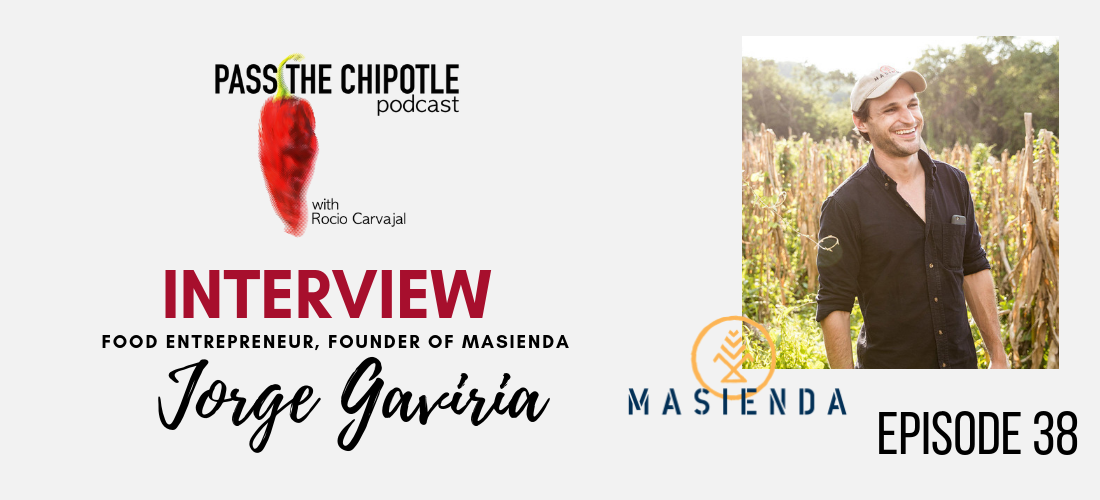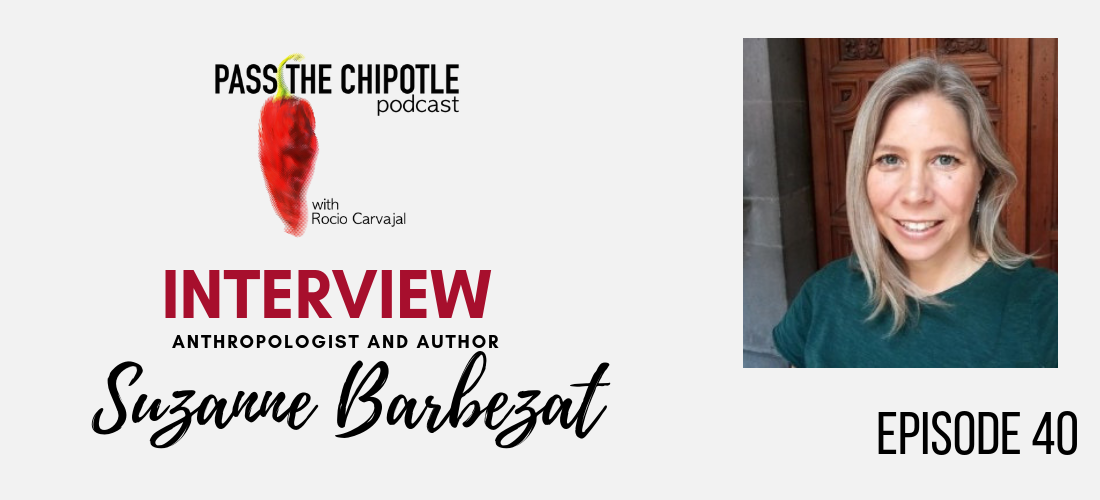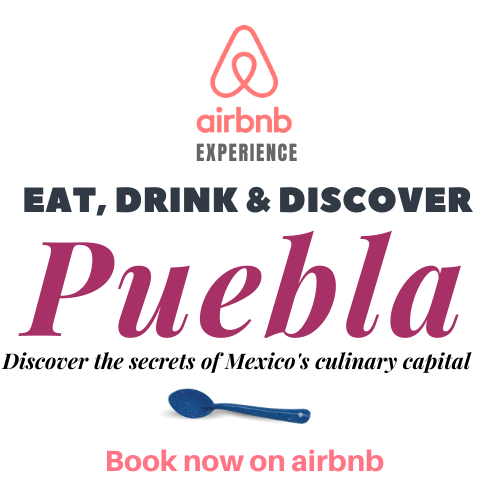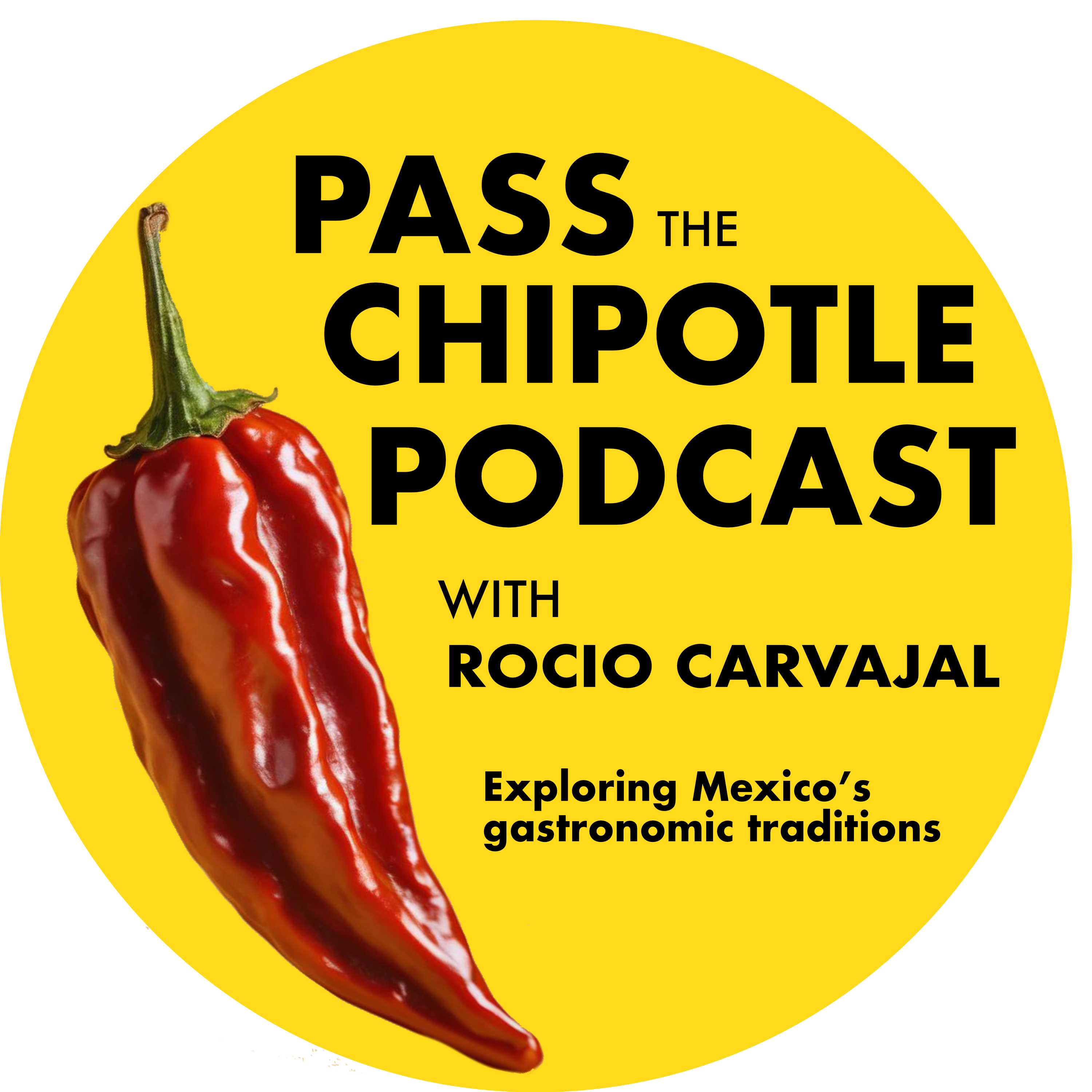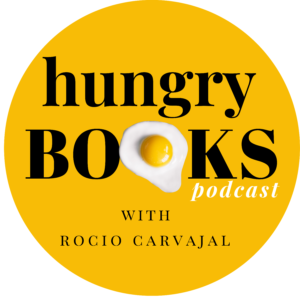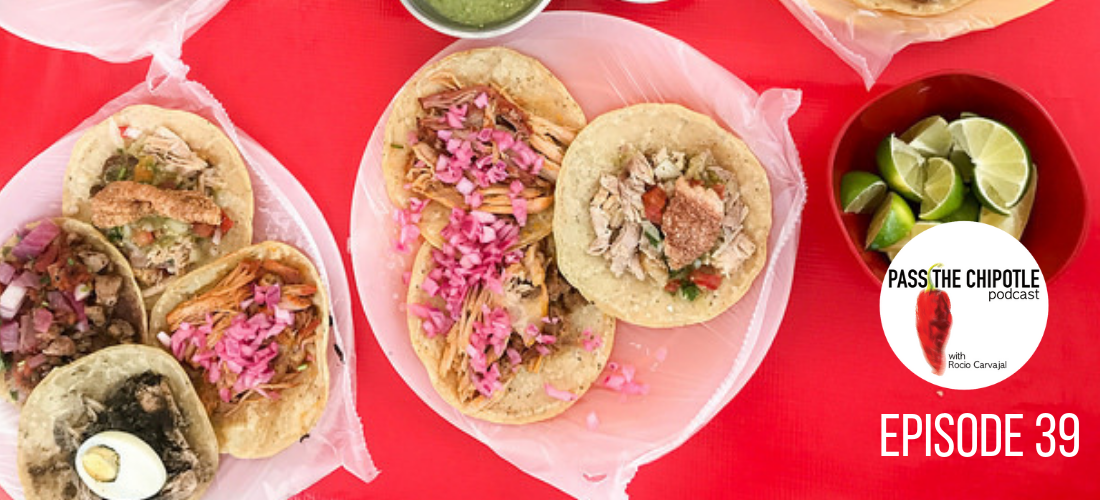
Culinary regions of Mexico: South East & the Yucatan Peninsula Ep.39
Presented by: Rocio Carvajal Food history writer, cook and author.
Episode 39
The food of the south-east of Mexico and the peninsula of Yucatan is vibrant, fresh and colourful, it truly brings together the sea and the land, join me exploring the treasures of Campeche, Chiapas, Tabasco, Yucatan and Quintana Roo.
—————————————–
Newsletter: Subscribe here
Twitter: @chipotlepodcast + @rocio_carvajalc
Instagram: @rocio.carvajalc
email: hello@passthechipotle.com
web: passthechipotle.com
Youtube: Pass the Chipotle Podcast
The southeastern part of the Mexican territory is flanked by the exuberant coastlines of the Gulf of Mexico, the Mexican Caribbean and deep soul with the Pacific Ocean, some states even have access to both the Gulf and the Pacific oceans. The Eden-like states that are part of this corner of Mexico are Campeche, Chiapas, Tabasco, Yucatan and Quintana Roo. They are the ancestral home of several ancient cultures such as the Olmec and Maya, and while they are hundreds of miles away from central Mexico and the capital, the history and many important events that developed in this region are equally fascinating, but not only that, delicious contributions to the national cookbook and to the rest of the world that originated here are still celebrated to this day.
Campeche is home of Maya-related cultures such as Quiche, Kanjobal, kekchi and Ixil and it also shares cultural regions with the neighbouring states of Tabasco, Yucatan, Quintana Roo and Guatemala. Because of its unique coastal geography, Campeche became a place of particular interest for pirates, as they used to take refuge in its many bays, pirates, privateer and buccaneer fleets continuously battled against each other and even attacked the city of Campeche which is the capital of the state in countless occasions, so much so that the whole city had to be walled to protect the citizens from the constant attacks of Francis Drake, Henry Morgan, John Hawkins, the infamous Diego Gillo also known as the Mulatto, and Lewis Scott
- Campeche is particularly famous for its lavish seafood cocktails, the delicious and flavourful chilli sauces or recados to fill tamales, their passion for fierce habanero chillies is evident in their fiery salsas and dishes.
- Legend has it that cocktails were invented in Campeche! Yes, it turns out that after a couple of centuries of intense commerce and pirate activity, the port city of Campeche has had its fair share headaches but also big benefits as well, thousands of barrels with a precious boozy cargo was often sold or stolen or both but always found its way into the city’s legal and illegal trade, from rum to wine, vodka, gin, grog and any throat burning spirit that English and Dutch pirates used trade with. All of these drinks plus more were widely available at the fine establishments where this gentleman used to socialise. Bartenders we assume, had an abundance of drinks of all types, and mixing, watering and adding fruit juices seemed a great idea to increase their profits, and these beverages were indeed proudly served under all sorts of names and mixed using the long feather of a cock, it doesn’t take much to put two and two together and see why these drinks shaken with a cock-tail became very popular until this very day.
- The second product that’s native to this region is natural rubber, particularly the sap that of the rubber tree and the traditional ingredient to make bubblegum which actually a direct descendant of the Mayan Chicle or chewing gum. While modern day chewing gum has a more recent history -and you can read more about it if you head to this episode blog post on my website – but in the ancient world, the sap of the rubber tree was used by the Olmec, Maya and Aztec tribes for many purposes, as binding agent, to build tools, balls for ritualistic games, and was certainly used as chewing gum, except it had no particular flavour and was really tough.
Read more about Thomas Adams here and listen here about the history of chicle in the Americas.
The food traditions we find today in Campeche were shaped by the indigenous legacy and the input of Spanish conquistadors, pirates, merchants from around the world, African slaves and more recently since the 18th century by Lebanese, Chinese and Korean immigrants.
- Some classic dishes of this coastal state are inevitably inspired by its abundance of seafood prepared in many ways, but always honouring the freshness of the ingredients. Which is why cocktails, fried fish, crab, fish stews and sauces pair incredibly well with fresh and fiery habaneros, annatto seed marinades and aromatic herbs like Hoja Santa, which is regionally known as Momo leaves.
The second stop in our journey is the beautiful state of Chiapas, its incredible natural beauty and resources is comparable to its enormous cultural diversity and history. Chiapas unique’s geography gives it access to the Pacific Ocean, and a large border in the south is shared with the neighbouring country of Guatemala.
While the enormous Sierra Madre de Chiapas and its mountain ranges frame most of the territory, other highlands and dramatic landscapes, are responsible for creating many micro-ecosystems but the predominant are the tropical rain forest, estuaries, coastal mangroves and mountain forests. There are 46 protected natural areas of outstanding beauty and some of these are biosphere reserves, these regions alone contain 60% of Mexico’s tropical tree species, and has one of the greatest diversities in wildlife in the Americas, ocelots, howling monkeys, quetzal, jaguar, panthers, deer and crocodiles still roam freely in the jungles, lakes and mangroves.
As I explored on episode 34 coffee was introduced into the state of Chiapas in the late 1700s and has ever since been a major crop, the premium quality and flavour of its coffee are recognised worldwide and constitute a major source of income for the state.
Chiapas is home of one of the most fascinating civilisations in history the Maya, which remains covered by a veil of mysticism more than 50 per cent of the total population is indigenous and are direct descendants of the ancient Maya, Chiapa and Mixe-Zoque tribes. Some of the still existing indigenous groups are Choles, zoque, Tzeltzal, Tzotzil, Mo’cho, Mames, Tojolabal, Jacalteco, Ckchiquel, Motozintla, and Chuj.
Famously, the Lacandon tribe who lives in the tropical rainforests of Chiapas still continues to carry on ancient agricultural practices, and by hunting and foraging, their diet is particularly diverse and they use their vast knowledge of the native vegetation to find food, like the many mushrooms they eat such as chikin-taj, yaxah, kanxay, kandzuj, uzyam and olomatzoj. Most of the meat they consume comes from fishing and hunting animals such as deer, armadillo, monkeys, tapir, and birds.
- However, in the urban areas of Chiapas, the cuisine is predominantly mixed heritage like the rest of the country. The crops, animals and cooking techniques that were introduced in the colonial periods continued transforming with the influence of the foods of immigrants like German Mennonites who famously prepare delicious cheeses and bread, Korean, Japanese and Chinese diasporas have also contributed with their own additions.
- There are over 100 different types of tamales that reflect the flavours and influences of centuries of trade, some contain pork, beef, saffron, mole, and a herb known as chipilin.
- Another famous dish is Shuti soup is a local delicacy prepared with river snails, and apart from Chiapas’ own delicious coffee, cold Taxcalate is widely popular, this pre-Columbian drink is prepared with corn flour, annatto paste, cocoa, cinnamon, water and sugar and is as refreshing as it is delicious.
North to Chiapas is the small state of Tabasco while the significantly compact territory of Tabasco doesn’t remotely share the dramatic landscapes of its neighbouring states it is part of the area where the Olmec, also called “mother culture” flourished. Dubbed as the “Eden state” for its biodiversity and intensely hot and humid climate, Tabasco’s economy largely depends on oil extraction.
The main indigenous groups on this area are chontal, ch’ol, tzeltal and tzotzil.
- Pejelagarto is Tabasco’s most famous fish that is eaten fried, in soup, tamales and stews.
- Plantain nuggets filled with mince, beans or cheese are a popular homestyle dish, tortillas fried in garlic oil are loved street food, stuffed with beans shrimp or fish and topped with queso, that is cheese, salsa and fried garlic.
- There are also many dishes of indigenous origins that are still prepared and consumed today and still preserve their original indigenous names like Chtchtkbe’wáj or red tamal, and
- Be’ew’tr e’kt’o xix bek’ch’um a tamal made with Chaya leaves.
- But cocoa is the most celebrated regional crop, Tabasco is part of the emblematic cradle of the domestication of this tree and its importance in the culinary, economic and cultural history of Mexico is almost as transcendent as that of corn itself.
- Many drinks are prepared in Tabasco using ground cocoa, from pozol which is slightly sour and tangy, polvillo which is cocoa powder mixed with toasted cornmeal, and cicada made with toasted and ground cocoa bean shells.
Yucatan’s distinctive geography was shaped thousands of years ago by the impact of a large meteorite that hit the Peninsula and created a chain of events that culminated with the annihilation of hundreds of small and giant species of dinosaurs that used to roam the earth. The consequence of this event was the formation of sinkholes or cenotes, that are enormous caves that were flooded from the ground up with the water of underground rivers, estuaries and some have fresh and ocean water from the Mexican Caribbean.
Along the 19th century with the railway construction, cotton, and henequen agave industries that produced ropes and sacs. Yucatan became the final destination for many immigrants from Italy, Korea, Japan, China, France, America and Germany.
There are a range of staple ingredients in the Yucatecan cuisine but not all of them are in fact native form this land, for instance, sour oranges, limes and all citrus fruit they are in fact native to the far East, China, and the south-east regions of Asia, the same silk and spice routes that Europeans used to exchange products with the far east brought them sugar cane, citrus fruits and many ingredients that were introduced into Europe and then that it made its way into the New World.
- Cattle, chicken and pork were the most successful species that adapted from Europe into this tropical paradise.
- But Annato seeds, hoja santa, habanero chillies, yams, fruits like zapote, Yucatan plum and Nanche are some of the many popular regional crops.
There are dozens of fascinating and unique dishes, salsas and method preparations in the yucatecan cookbook and here are some of them:
- Sopa de Lima, which is a type chicken soup garnished with wedges of lima fruit which is sweeter than lime and sourer than oranges.
- Cochininta Pibil, is a juicy pulled pork lavishly marinated with red annatto paste, the juice of sour oranges and served with pickled red onion and habanero chillies.
- Sikil-p’ak is a salsa made with toasted and ground pumpkin seeds, tomatoes, habaneros, cilantro and onion. On a technical note, this is not at all the same as Pico de Gallo salsa, because like I just mentioned it contains a thin and oily paste made of ground pumpkin seeds.
- Tikin-xic is a marinated fish with a sour sauce that’s wrapped with fresh banana leaves and baked, it cooks in its own juices as it slowly steams in the leaves.
- The addictive Marquesitas, they are sort of crisp version of sweet and savoury crepes. And last I want to mention a delicious stuffed with cheese prepared with a savoury mince inside a giant Edam-style cheese.
The last and further south-eastern state is Quintana Roo, it borders with Yucatan and Campeche on the west and with Belize in the south. And all of its seasides is known as costa or Riviera Maya. While you might not be familiar with the name of this state, you definitely have heard of its world-famous beaches like Cancun, Playa del Carmen, Puerto Morelos, Tulum and the beautiful Bacalar lagoon.
From spring breakers, party animals, honeymooners, bohemians, glam campers and experimental restauranteurs like Rene Redzepi, people from all over the world come to enjoy the outstanding beauty of Quintana Roo. The food of this area is no surprisingly heavily influenced by the Maya traditions but has been also enriched by other cuisines from nearby states.
- Some popular street foods are salbutes, papadzules and paunchos all made with corn masa and stuffed, covered and served with different spicy toppings.
- Sea snail, octopus and other types of ceviches are very popular.
- Chirmol or chirmole is a dish similar to mole, with a less thick texture but flavourful and aromatic.
- Oni Sikil is somehow similar to pipian Verde, also made with ground pumpkin seeds, hoja Santa leaves, tomatillo and chillies but spiced with thyme, coriander and bay leaves.
- Many Mayan communities still preserve traditions such as harvesting honey from Melipona wild bees, or xunán kab which means lady of honey. This honey can have a slightly acidic taste but an overwhelmingly floral smell and flavour.
As you’ve heard today, and the first part of the culinary regions there is no doubt that in the 761,606 seven hundred, sixty-one thousand, six hundred six square miles of the Mexican territory there are many micro culinary universes that are uniquely fascinating and reflect the diverse sources of food that Mexico’s biodiversity has to offer.
The food of the South east of Mexico and the peninsula of Yucatan is vibrant, fresh and colourful, it truly brings together the sea and the land. And with this, we say goodbye to his region and prepare for our next stop, the Huasteca region.



